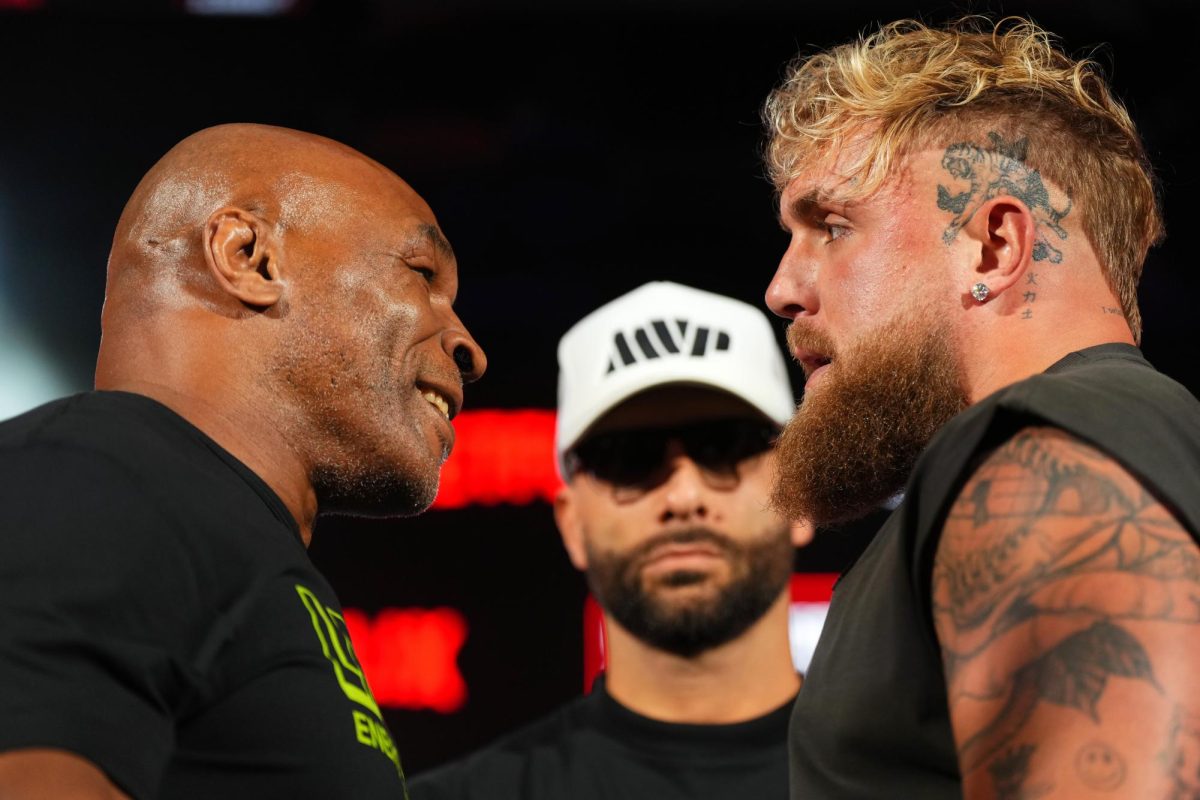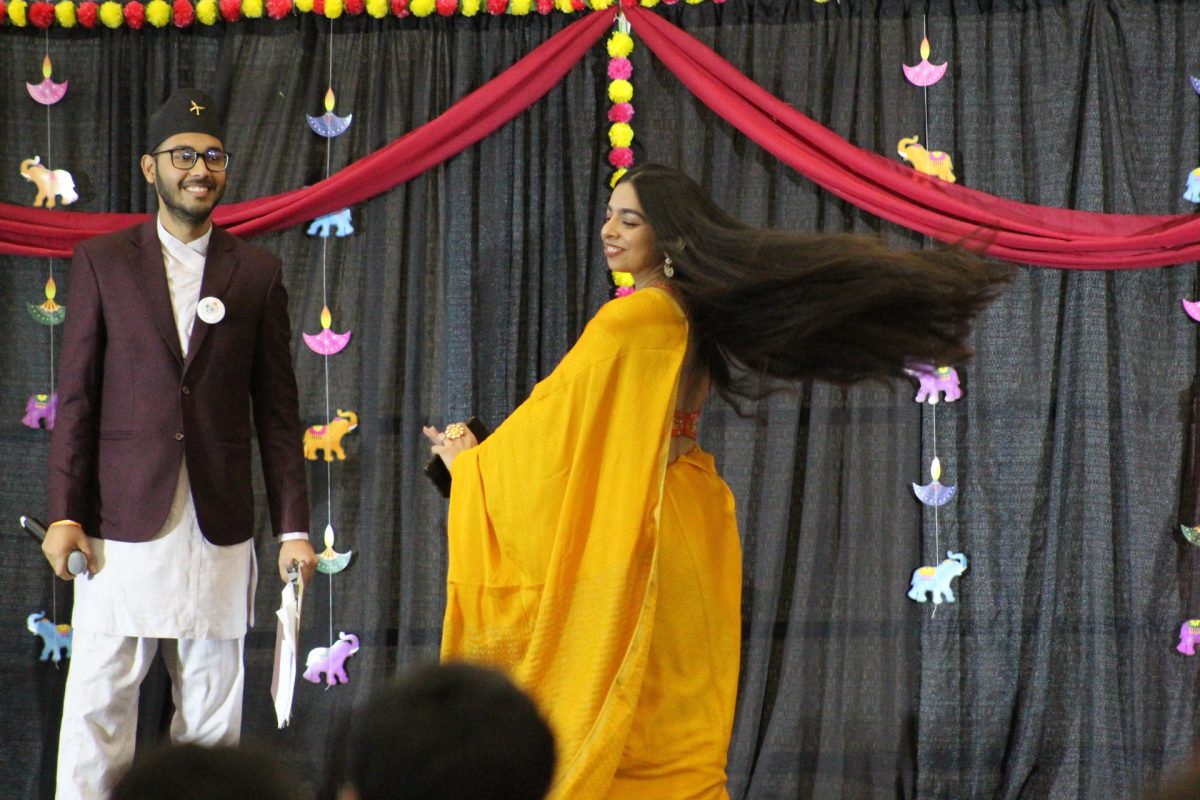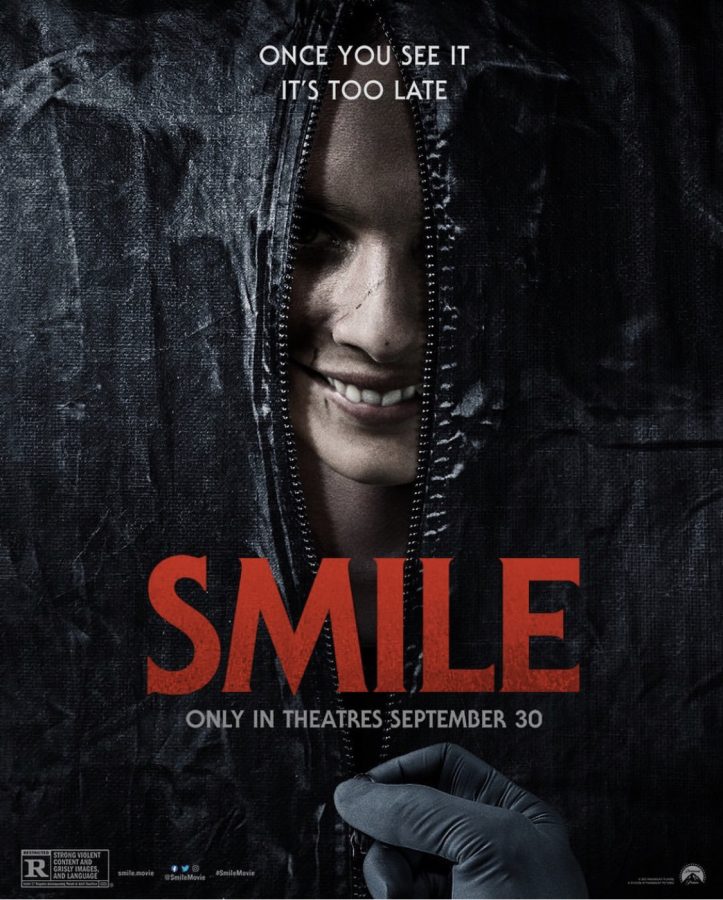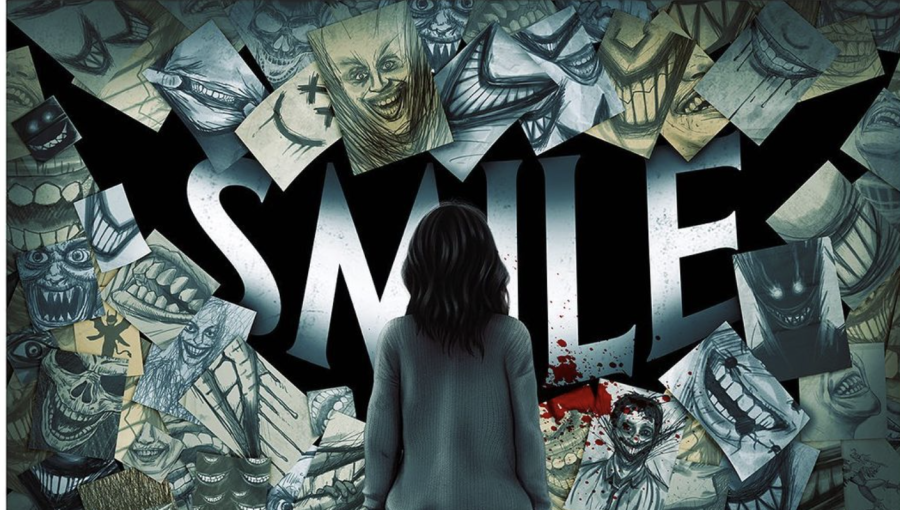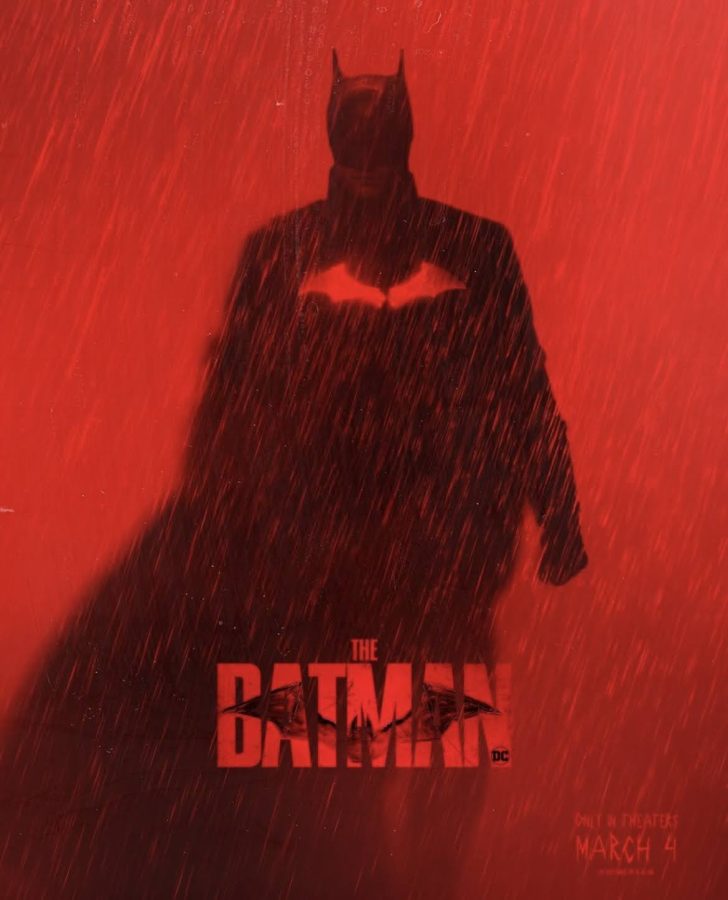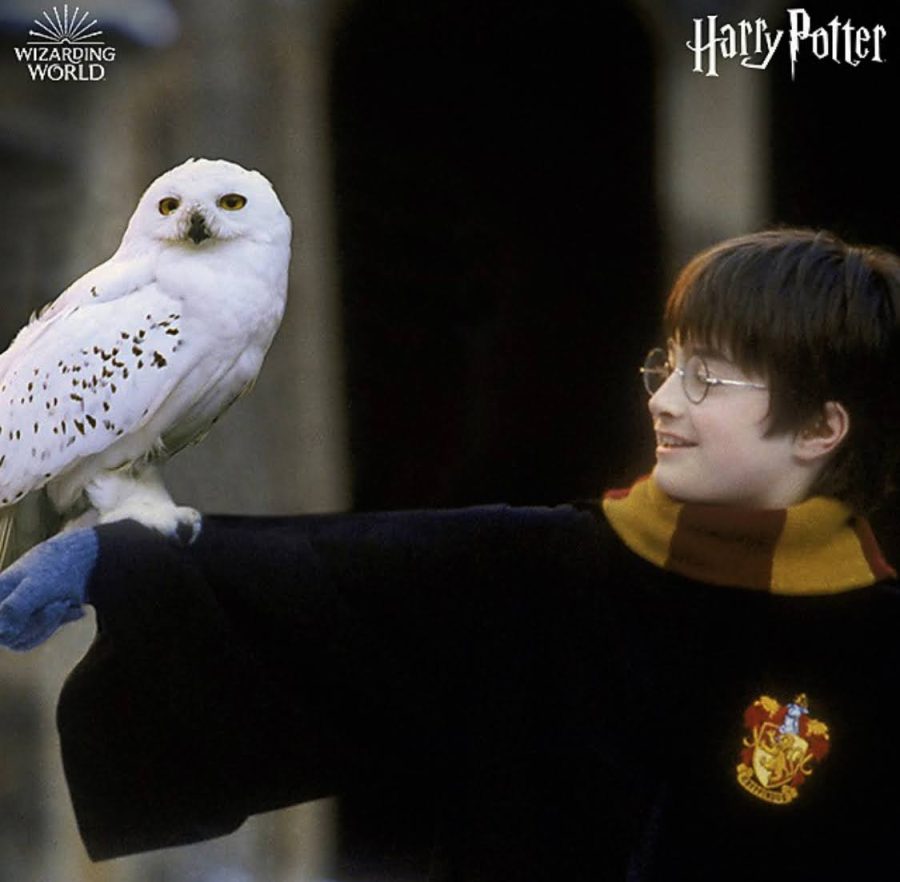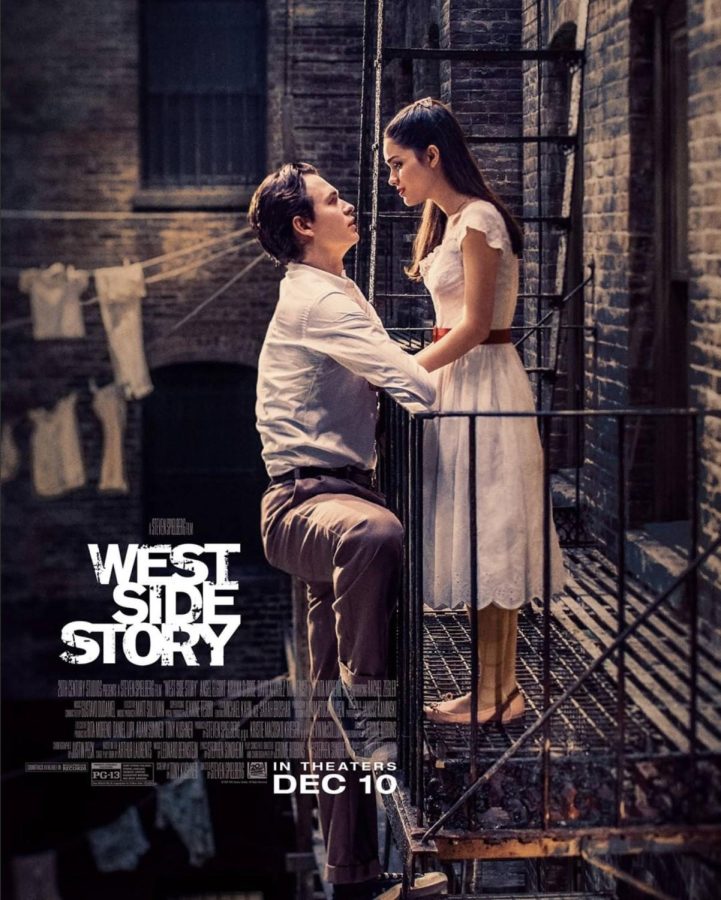For 75 years, the film Gone with the Wind has been a constant standard to which most films do not come close.
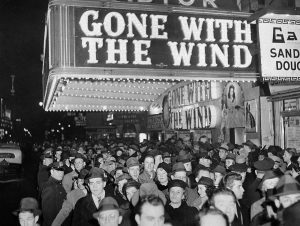
In the 75 years since its release, few other films have captured storytelling on such a large scale.
The film tells the story of a Southern belle, Scarlett O’Hara, who is hardened by the effects of the Civil War, as her society of elegant galas collapses around her.
In this film, Southerners are seen as the protagonists, which is a surprising and bold move, as history class has always taught us to view the Union as the good guys.
The O’Hara plantation is ravaged by battle and Scarlett no longer enjoys the easy life of attending weekly balls and having everything provided for her. A subplot involves Scarlett’s love for aristocrat Ashley Wilkes.
However, Ashley marries Scarlett’s friend Melanie Hamilton, and Scarlett is constantly chasing Ashley’s love which, inevitably, she cannot receive, as Ashley is far too in love with Melanie.
So, throughout her life, Scarlett settles for other men so she can survive in a world where women needed to be married to be financially secure. However, in her first two marriages, Scarlett is the one running everything, and she manipulates her husbands more than the other way around. It is not until Scarlett’s third marriage to Rhett Butler that Scarlett’s histrionic personality is challenged.
Rhett Butler (played by Clark Gable), is very much of the same stock as Scarlett. Both characters reject typical Southern norms, yet are forced to conform to them in order to survive. Yet all in all, the film chronicles the life of Scarlett through ups and downs and everything in between. The highlight of the movie is undoubtedly the siege of Atlanta, in which Scarlett has to deliver Melanie Hamilton’s baby on a promise to Ashley as he is off fighting in the Confederate army. As if delivering a child is not stressful enough, Scarlett delivers the baby as the Union army is shelling the city.
Rhett Butler then comes to the rescue in a carriage, and the four of them, Rhett, Scarlett, Melanie, and the baby, make a riveting chase to escape Atlanta as the city burns around them.
This sequence is perhaps one of the most riveting sequences in the film, as the stakes are high, and the scenery of the burning city is surprisingly convincing, given the fact that it was filmed 75 years ago.
Gone with the Wind is aesthetically appealing in the sense that it was, technically, a well-made film, between the striking visuals as well as the innovative use of color. Gone with the Wind was one of the first major films to use color. The color is very well applied, as all of the scenery and costumes are incredibly vibrant.
Aside from the technical aspect, Gone with the Wind is very well acted, and the movie won Oscars for Best Lead Actress and Best Supporting Actress, which was won by Hattie McDaniel, who became the first African American to win an Academy Award.
McDaniel plays the character of Mammy, who is basically Scarlett’s mother figure, despite being a slave to the O’Hara family.
Mammy is often more sensible than the rest of the characters, who act on passion alone rather than rational thought.
On a note about the slaves, they are not treated as property, but rather as servants. There is no brutality like in the recent 12 Years a Slave, but rather subtle signs of inhumanity like Mammy not accompanying Scarlett into a store and having to wait outside.
After the war is over and the slaves are emancipated, Mammy and the rest of the O’Hara slaves become servants and serve Scarlett in all of her marriages. Yet she is kind to them, and treats them like family.
The screenplay is perhaps one of the best ever written. I have not read Margaret Mitchell’s novel, but the narrative flows at a very good pace, despite the film’s nearly four hour length.
So, frankly, I do give a damn about this movie, and while enhanced by the big screen, it is worth a watch regardless, for it is undoubtedly one of the best films ever made.
I had the privilege to see Gone with the Wind on a the big screen as part of the 75th anniversary, and it is clear that seeing it on the big screen is the way it is meant to be seen.
I know it might not be possible for others to see this classic on the big screen, but for me, it was worth full ticket price.




